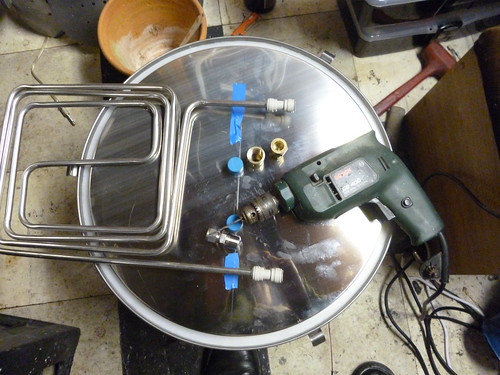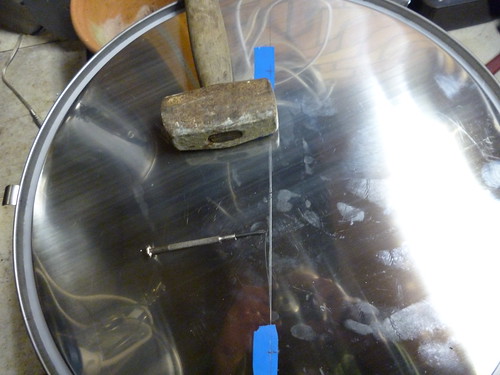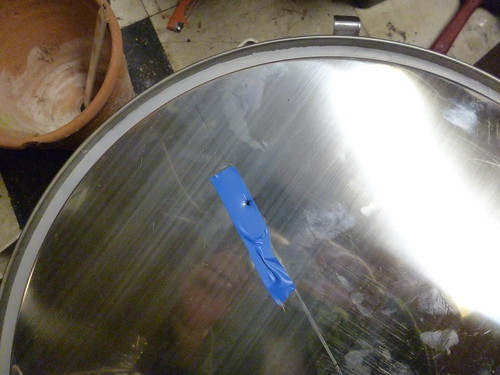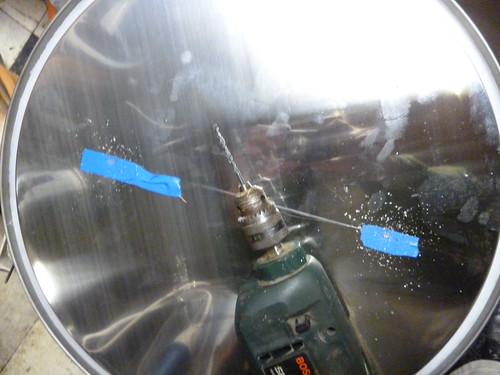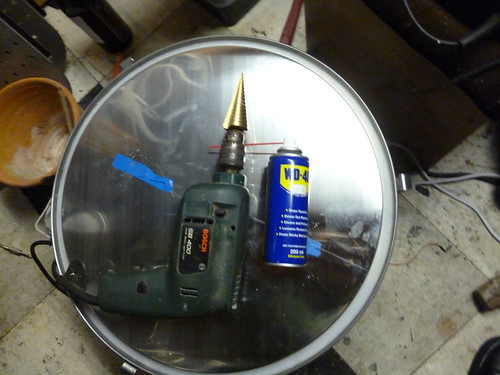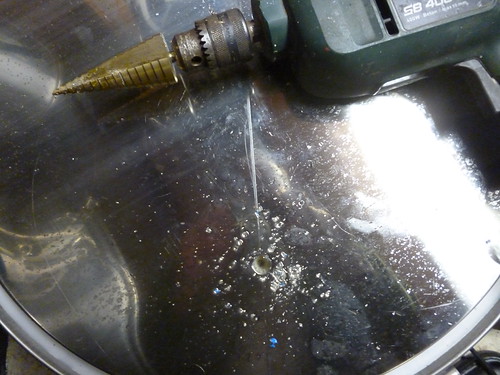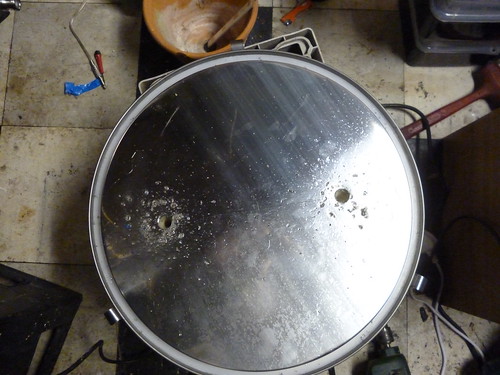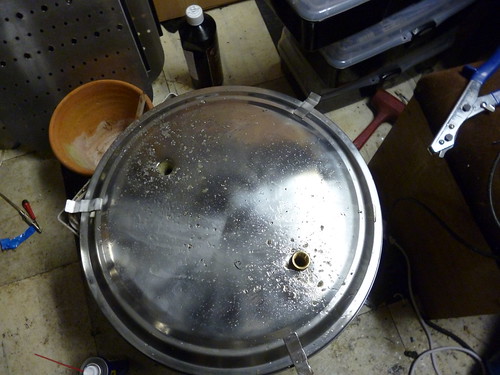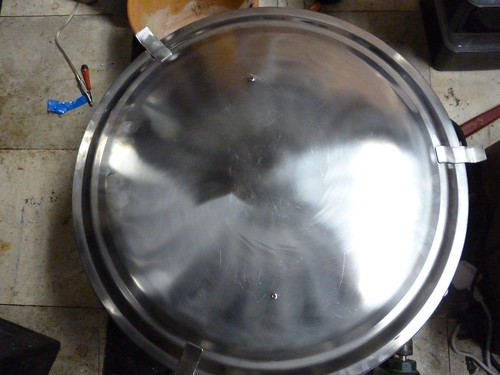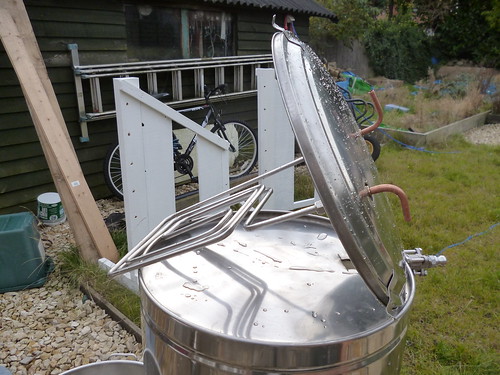I have an old Burco laundry boiler which I use for my BIAB brewing. I've found that the temperature in the vessel can vary drastically from one place to another. When I give it a stir the thermometer reading often changes by +/- 5°C or more. Obviously this is no good for my mashing efficiency or consistency.
I'd like to add a recirculation pump of some sort to help with this but have been finding it difficult to know what to go for. It doesn't need to pump a large volume of water nor does it need to be high pressure but it does need to be able to withstand 70+°C and be food safe. Any recommendations?
The other thing is whether it has to be hooked up to the tap and pump back into the top of the vessel or if there is some kind of submersible pump that could sit in the kettle and do the same job? The second option would be simpler if it's possible!
Thanks in advance.
I'd like to add a recirculation pump of some sort to help with this but have been finding it difficult to know what to go for. It doesn't need to pump a large volume of water nor does it need to be high pressure but it does need to be able to withstand 70+°C and be food safe. Any recommendations?
The other thing is whether it has to be hooked up to the tap and pump back into the top of the vessel or if there is some kind of submersible pump that could sit in the kettle and do the same job? The second option would be simpler if it's possible!
Thanks in advance.






















![BREWING THERMOMETER STICKERS ACCURATELY MONITOR FERMENTING BEER & WINE LIQUID TEMPERATURES 5PCS HOME BREW SPIRITS WINE LCD ADHESIVE [US]](https://m.media-amazon.com/images/I/311DDjo2X3L._SL500_.jpg)





















